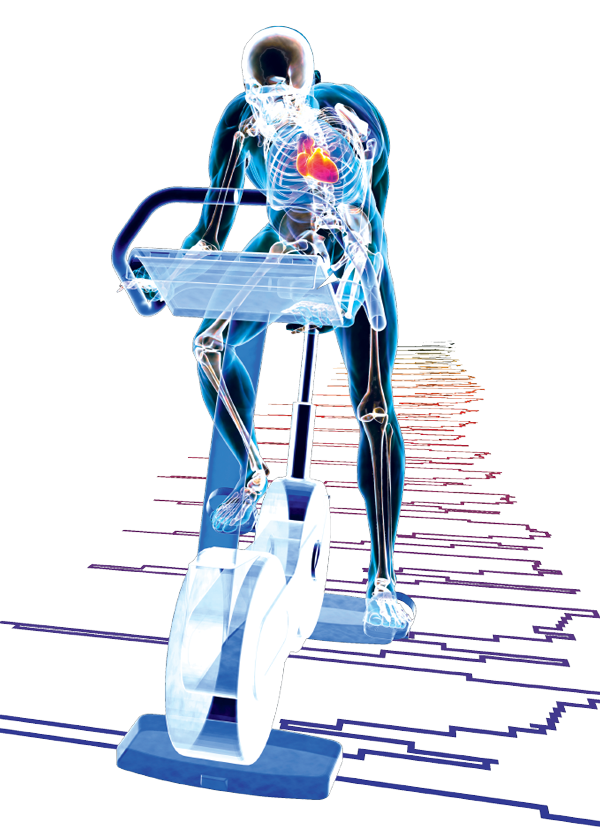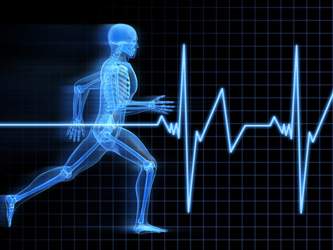This research paper explores the issues with decreased physical activity levels as students enter college. Exercise has been proven to be an essential aspect of health yet gets sidelined due to other priorities. Exercise can be as simple as walks between classes and can be as intense as a high-intensity workout at the fitness center. Many motivations and barriers have been identified as to why fitness and wellness seem unimportant to students. However, college institutions can encourage their students to invest into their health and fitness by devoting resources into the well-being of their community. There are many practical components of exercise and movement that everyone can apply. This research paper brings to light the complications of student life as colleges do not require exercise courses as part of their curriculum. Therefore, higher education institutions can do their part and make exercise mandatory to combat the decreasing physical activity levels and benefit their students in multiple ways.
Works Cited
Blake, Holly, et al. “Predictors of Physical Activity and Barriers to Exercise in Nursing and Medical Students.” Journal of Advanced Nursing, U.S. National Library of Medicine, Apr. 2017, www.ncbi.nlm.nih.gov/pubmed/27731886.
Canadas, Laura. “Straight-A Students Dislike Physical Education in Adolescence: Myth or Truth?” EBSCO Host, 2015, web-b-ebscohost-com.proxy.libraries.rutgers.edu/ehost/pdfviewer/pdfviewer?vid=9&sid=356ada15-6973-48b2-a863-7bf798090203%40pdc-v-sessmgr05.
Coverley Veale, D. M. W. de. “Exercise and Mental Health.” Wiley Online Library, 1987, onlinelibrary-wiley-com.proxy.libraries.rutgers.edu/doi/abs/10.1111/j.1600-0447.1987.tb02872.x.
Ebben, William, and Laura Brudzynski. “Motivation and Barriers To Exercise Among College Students.” Journal of Exercise Physiology, Oct. 2008, www.asep.org/asep/asep/EbbenJEPonlineOctober2008.pdf.
Gaskin, Jenya C. “An Investigation of the Association between Sources of Competence and Affect in Physically Active College Students.” Welcome to RUcore - Rutgers University Community Repository, 2013, rucore.libraries.rutgers.edu/rutgers-lib/41431/.
Huang, Terry, et al. “Assessing Overweight, Obesity, Diet, and Physical Activity in College Students.” Taylor & Francis, Mar. 2010, www.tandfonline.com/doi/abs/10.1080/07448480309595728?src=recsys.
Klein, Emily, and Aleksandara Hollingshead. “Collaboration Between Special and Physical Education.” EBSCO Host, 2015, web-a-ebscohost-com.proxy.libraries.rutgers.edu/ehost/pdfviewer/pdfviewer?vid=4&sid=767a579f-f148-43b2-b658-b7597b1be5c7%40sessionmgr4007.
Martinez, Yannica Theda S, et al. “Diet and Physical Activity Intervention Strategies for College Students.” Health Behavior and Policy Review, U.S. National Library of Medicine, July 2016, www.ncbi.nlm.nih.gov/pmc/articles/PMC5415090/.
Pinto, Bernardine M, and Bess H Marcus. “A Stages of Change Approach to Understanding College Students' Physical Activity.” Taylor & Francis, July 2010, www.tandfonline.com/doi/abs/10.1080/07448481.1995.9937506.
Racette, Susanne B, et al. “Weight Changes, Exercise, and Dietary Patterns During Freshman and Sophomore Years of College.” Taylor & Francis, Aug. 2010, www.tandfonline.com/doi/abs/10.3200/JACH.53.6.245-251#top-content-scroll.







